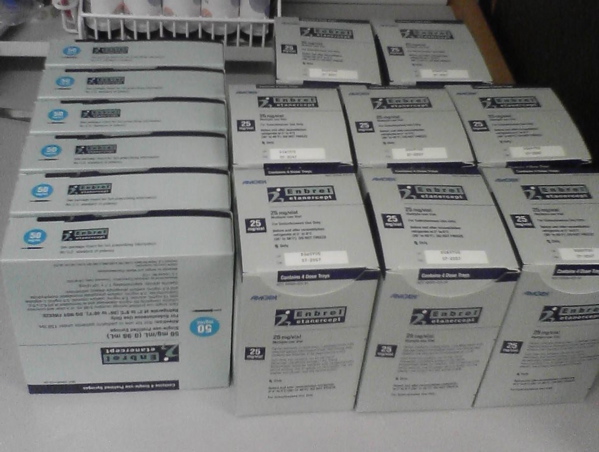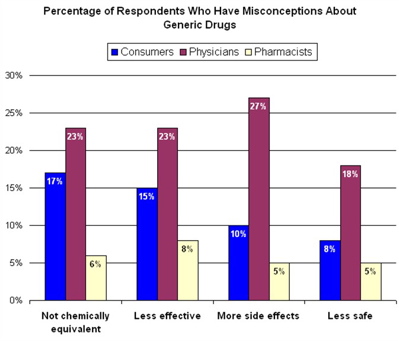
My first post on bacteriophages was all a build-up to this piece of news that I found while perusing MRSA Notes.
A mix of bacteria-killing viruses may be sprayed on cold cuts, wieners and sausages to combat common microbes that kill hundreds of people a year, federal health officials ruled Friday.
The ruling, by the Food and Drug Administration, is the first approval of viruses as a food additive, said Andrew Zajac of the Office of Food Additive Safety at the agency.
[…]
The viruses, called bacteriophages, are meant to kill strains of the Listeria monocytogenes bacterium, the food agency said.
The bacterium can cause a serious infection called listeriosis, primarily in pregnant women, newborns and adults with weakened immune systems. In the United States, an estimated 2,500 people become seriously ill with listeriosis each year, according to the federal Centers for Disease Control and Prevention. Of those, 500 die.
Being bacteriophages, they don’t attack humans. I say bring ’em on.
[tags]Medicine, food, phage therapy, bacteriophages, listeria[/tags]



